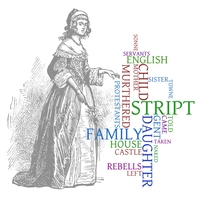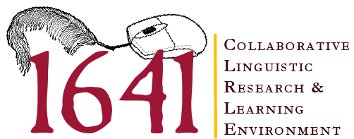Women in the 1641 Depositions

The role of the 17th century married woman was a conventional one, with the characterisation of women as ‘the weaker vessel’ allowing for a clear division of roles based on gender. Women were also ‘exclu[ded] from public life, responsibility and moral fulfilment’ (MacLean, 1980, in Fletcher, 1995:61). While women’s perceived frailty limited them to the domestic sphere, men’s perceived strength and boldness meant that part of their expected duties was the protection of ‘their’ woman.
It was generally accepted that differences between the sexes were ‘natural and designed to fit women for running the household and men for public duties’ (Eales, 1998:23). Thus, it is perhaps unsurprising that many of the frequent collocates for ‘wife’ are easily identifiable as relating to the domestic and familial spheres (children, house, daughter, sonne, servants).
In combination these suggest an emphasis on kinship ties and the home in constructing the wife, not forgetting of course that children frequently co-occurs owing to the extensive use of the string [his] wife and children.
Click on the thumbnail image above to see a larger version of the Lexical Portrait of Wife.


